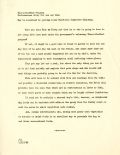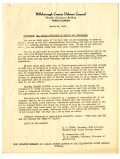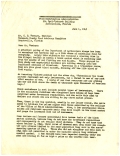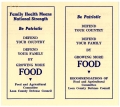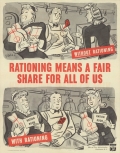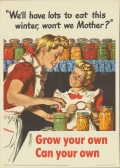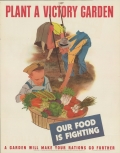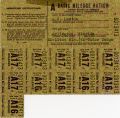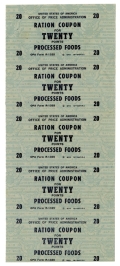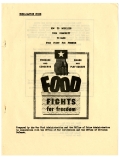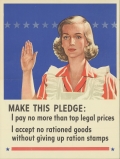
Primary Source Set
Rationing, Victory Gardens and Scrap Drives During WWII
World War II put heavy demands on all kinds of supplies, especially metal, rubber, building materials, motor vehicles and food. The federal government established a rationing system for certain resources to make sure there was enough for both the civilian population and the military.
Thousands of civilian volunteers helped the federal government implement this system at the local level and explain the rules to everyday citizens. Every man, woman and child was assigned books of ration “points” in the form of stamps that had to be turned in along with money to buy restricted items.
Recycling scrap rubber, metal, paper and other materials was another useful strategy. Local defense councils organized scrap campaigns and contests to encourage people to comply with the call for more recycling. School-age children were crucial to this effort. One statewide scrap drive conducted by Florida students in 1942 produced 30 million tons of scrap metal in only a few weeks. Even used cooking grease was in demand for recycling, as it could be used to produce glycerin for explosives.
Floridians were also encouraged to plant “victory gardens” to supplement their food supplies. The more food families could produce and preserve on their own, the less they had to rely on store-bought food, which freed those supplies up for military use.
Image credit: Poster #57 was produced by the United States Office of War Information.
Show full overview

 Listen: The Bluegrass & Old-Time Program
Listen: The Bluegrass & Old-Time Program
